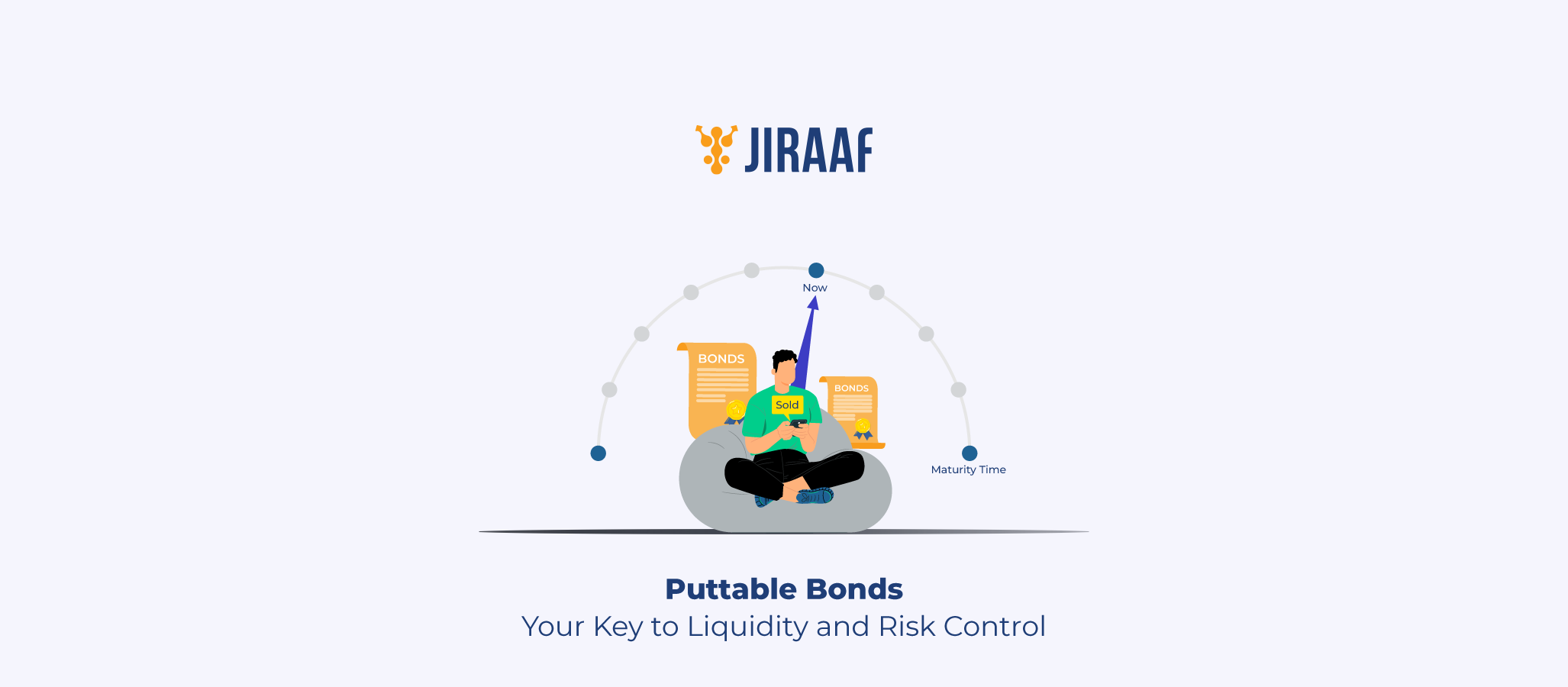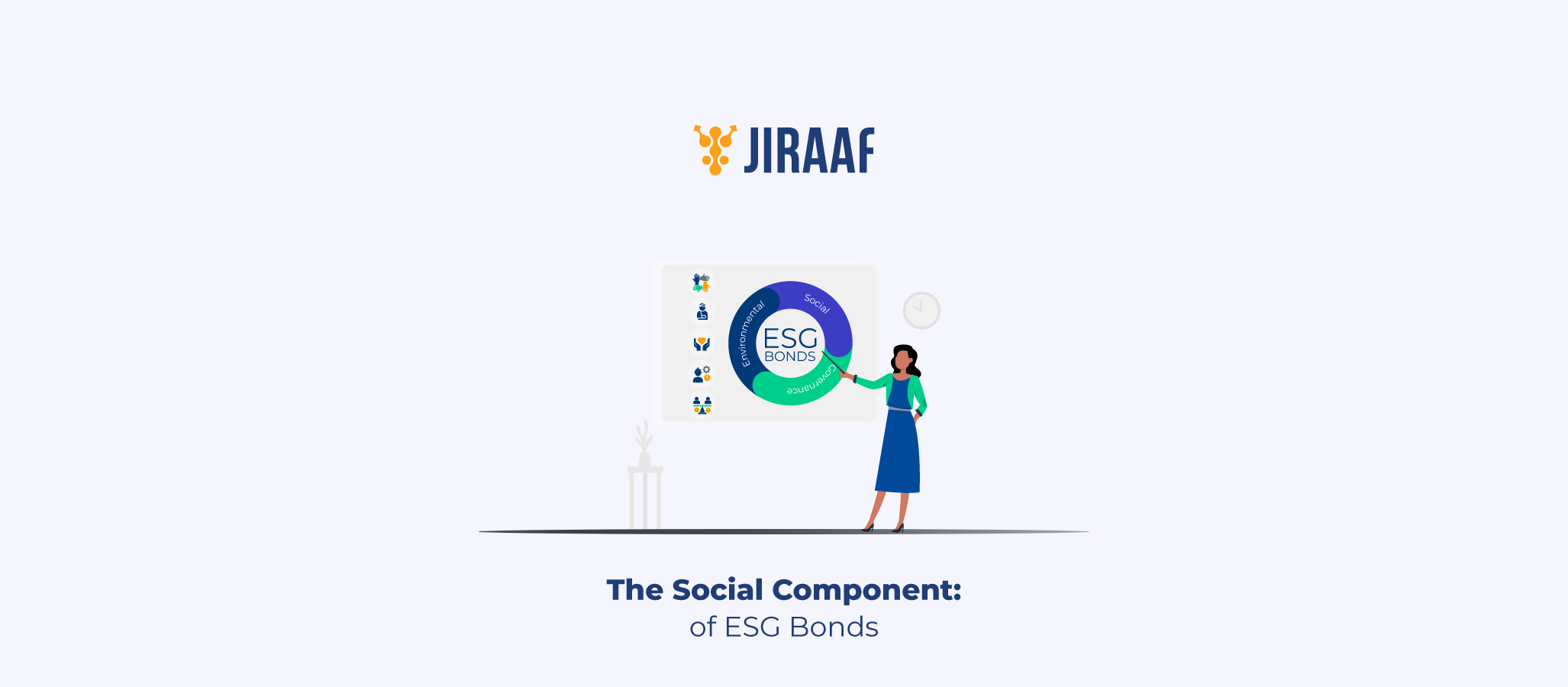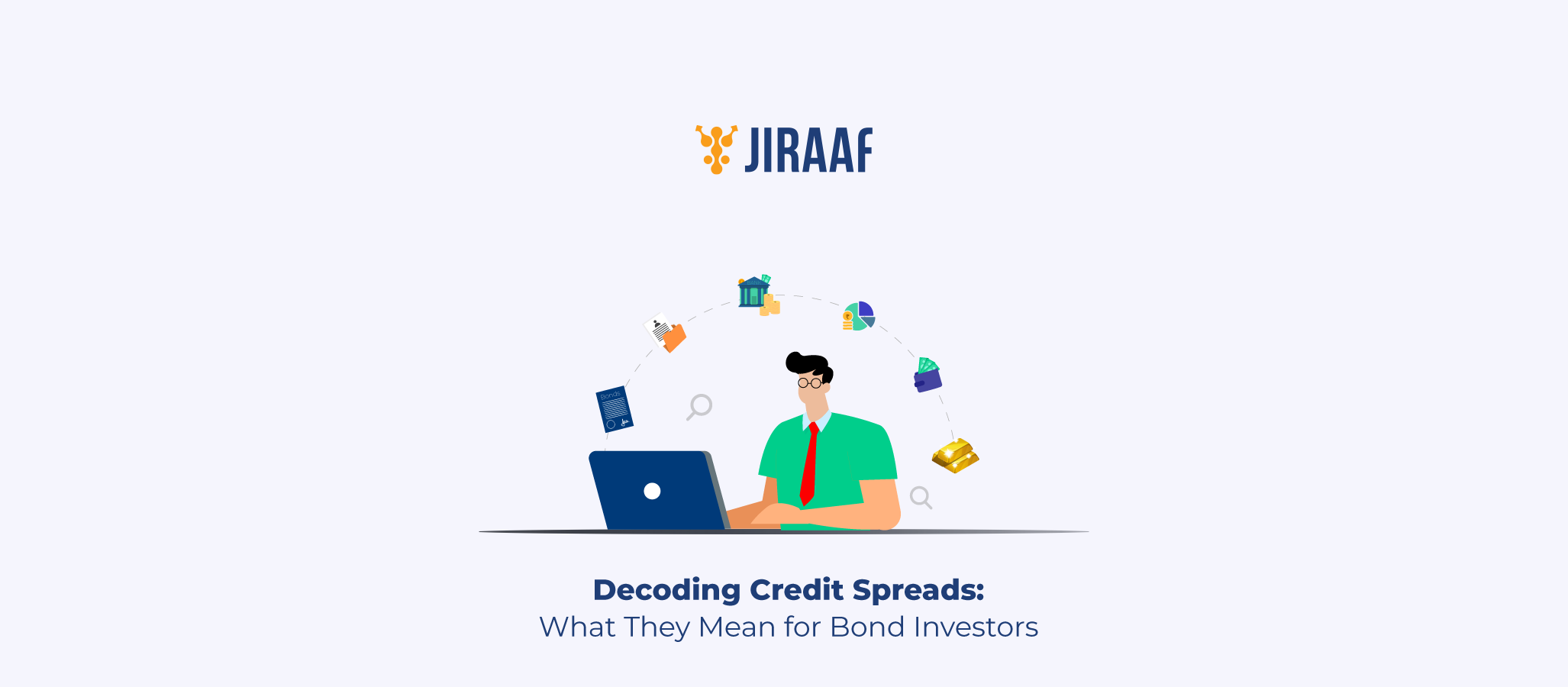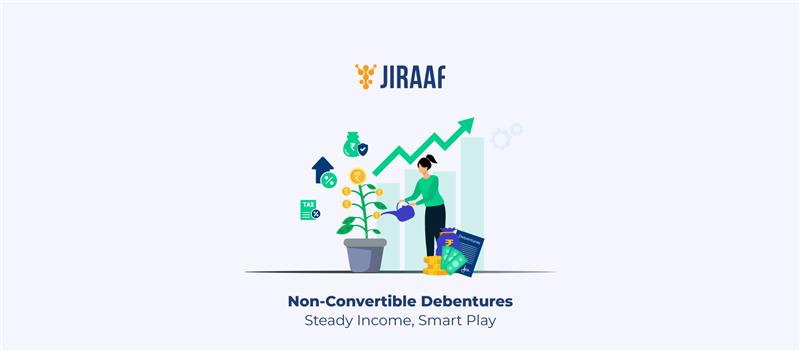Managing risk in one’s portfolio is a priority for all investors regardless of their risk appetite, especially in a volatile market like the current one. Such an environment calls for flexibility with stability. Something that puttable bonds are known to offer seamlessly, by allowing you to redeem them early if market dynamics become unfavourable.
Unlike conventional bonds, which require you to stay invested until maturity, puttable bonds give you predetermined exit points—enhancing the liquidity of your portfolio and protecting it against interest rate fluctuations.
The Reserve Bank of India has facilitated the issuance of government securities with both call and put options. The first such security, 6.72% GS 2012, was introduced in 2002 with a 10-year maturity and an optional exit after five years.
More recently, India’s inclusion in the FTSE Emerging Markets Government Bond Index (EMGBI), set for September 2025, is expected to drive substantial foreign investment and influence bond market demand and yields.
Let’s explore these bonds further, learn how they function, and consider how you can incorporate them into your strategy.
What are Puttable Bonds?
Puttable bonds are fixed-income securities that give you the choice—but not the obligation—to sell them back to the issuer(s) before maturity at pre-set prices. This feature limits downside risk, ensuring you’re not stuck holding a low-yielding bond if interest rates rise.
Since issuers assume a greater risk by granting this flexibility, puttable bonds typically offer investors lower yields compared to non-puttable bonds. However, if you value liquidity and risk mitigation, their benefits often outweigh the yield sacrifice.
In India, government and corporate issuers have occasionally issued puttable bonds to attract conservative investors. Given the recent RBI policy shifts, including a benchmark interest rate reduction to 6.25%, demand for these bonds is expected to increase.
How Does a Puttable Bond Work?
Puttable bonds function like traditional bonds with one key difference: the embedded put option.
Here’s how they operate:
- Purchase and Issuance: You buy a puttable bond with set interest payments and a maturity date
- Coupon Payments: The issuer pays interest periodically, usually at a lower rate than non-puttable bonds
- Put Date Activation: At designated intervals, you can choose to sell the bond back at the agreed-upon price
- Redemption or Continuation: If rates rise or issuer credit deteriorates, you can exercise the put option. Otherwise, you can hold the bond to maturity
Features of Puttable Bonds
The key characteristics that set puttable bonds apart from the other available bonds in the market are:
- Put Option: You can sell the bond back before maturity at a predetermined price
- Coupon Payment: You receive regular interest payments, at a lower rate than non-puttable bonds
- Maturity Date: If you don’t exercise the put, the bond matures at a set future date
- Put Date: You are allowed to activate the put option on specific dates
- Put Price: You receive the put price if you sell the bond back, usually at or near par value
- Lower Yield: You enjoy flexibility with these bonds but compensate it with lower returns
Examples of Puttable Bonds
Puttable bonds are issued by both government and corporate entities in India to provide investors with flexibility in their fixed-income portfolios.
For instance, the Reserve Bank of India (RBI) has occasionally issued government securities with embedded put options, allowing investors to exit early under predefined conditions. In the corporate sector, institutions like Power Finance Corporation (PFC) and Rural Electrification Corporation (REC) have issued puttable bonds, catering particularly to conservative investors seeking capital protection in uncertain interest rate environments.
These bonds allow investors to manage their risk more effectively while ensuring issuers can access capital at competitive rates. The put option becomes particularly valuable in specific market conditions; for example, when interest rates rise, bond prices typically fall, but puttable bondholders can redeem their investment at a pre-set price instead of incurring losses in the secondary market.
Similarly, if an issuer’s creditworthiness declines, bondholders can exit early using the put option and reduce their exposure to potential defaults or rating downgrades.
Investors with changing liquidity needs also benefit from these, as puttable bonds provide structured exit opportunities without depending solely on market demand.
How are Puttable Bonds Valued?
Let’s have a look at the considerations and valuation process involved with puttable bonds.
Valuation Process
The valuation of a puttable bond is based on the idea that it consists of two components:
The value of a plain (non-puttable) bond, which represents the bond’s standard cash flows (coupon payments and principal at maturity).
The value of the put option, which gives the investor the right to sell the bond back to the issuer at a predetermined price before maturity.

Wherein,
PVputtable = Present value (market price) of the puttable bond
PVplain bond = Present value of a comparable bond without a put option
PVput option = Present value of the embedded put option
The put option adds value, making the bond worth more than a standard bond with similar terms.
Key Factors Affecting Valuation
Some factors that are majorly affecting the valuation of puttable bonds are:
- Interest Rates: When rates rise, the put option becomes more valuable
- Issuer Credit Risk: Higher risk increases the value of the put feature
- Market Volatility: More uncertainty enhances the put option’s worth
- Time to Put Date: The closer the put date, the higher the option’s value
For instance, if a 5-year non-puttable bond offers a 5% yield and a puttable bond offers 4%, the 1% difference is the value investors assign to the put option. In India, puttable bond valuations fluctuate with RBI rate decisions and foreign investment flows, especially with India joining global bond indices.
Advantages and Disadvantages of Puttable Bonds
Advantages
- Investor Flexibility: You can exit early if interest rates rise, or credit risks increase
- Risk Mitigation: You are protected against rising rates, reducing potential losses
.
- Liquidity Management: Ideal for you if you need cash on short notice or before these bonds mature
Disadvantages
- Lower Yields: You earn lower returns compared to non-puttable bonds due to the embedded put option
- Issuer Limitations: You may face some limitations if the issuer restricts put options to specific dates
- Premium Pricing: You often need to pay a slight premium for puttable bonds due to their flexibility
Difference between a Callable Bond vs. Puttable Bond
| Feature | Callable Bonds | Puttable Bonds |
| Investor Control | The issuer can call the bond early | The investor can sell the bond early |
| Effect of Interest Rates | Beneficial when rates fall | Beneficial when rates rise |
| Yield Comparison | Higher yield due to issuer control | Lower yield due to investor flexibility |
| Who Benefits? | Issuer gains flexibility | Investor gains flexibility |
| Risk Factor | Higher reinvestment risk for investors | Lower potential loss risk for investors |
How to Incorporate Puttable Bonds into Your Investment Strategy
- Balance Yield and Flexibility: Puttable bonds can be used to hedge against rate hikes while maintaining fixed-income exposure.
- Enhance Liquidity Planning: These bonds can be allocated in portfolios where liquidity is a priority.
- Use in Rising Rate Environments: If rates are expected to increase, puttable bonds offer a structured way to reallocate funds.
- Account for Convexity: The convexity of puttable bonds makes them less sensitive to price drops when rates rise, stabilizing portfolio volatility.
- Leverage India’s Bond Market Developments: With India’s inclusion in global bond indices, puttable bonds are expected to see increased demand, making them an even more strategic investment.
Summative Thoughts
Puttable bonds give you a rare advantage in fixed-income investing, which is the ability to adapt smartly to market shifts. Even though they offer lower yields, the flexibility to exit under unfavorable conditions makes them a strategic addition to any portfolio.
Given India’s evolving bond market and increasing global integration, puttable bonds are becoming an increasingly attractive option for investors seeking risk mitigation and flexibility together. By incorporating them effectively in your portfolio, you can gain control over risk, liquidity, and returns—critical factors in today’s unpredictable market landscape.
Frequently Asked Questions about Puttable Bonds
What Is the Difference Between Callable and Puttable Bonds?
Callable bonds give issuers the right to redeem them before maturity, benefiting them when interest rates drop. Puttable bonds allow investors to sell them back early, protecting against rising rates. Investors in puttable bonds trade higher yields for flexibility, while issuers of callable bonds offer higher yields due to their control. The key difference is who holds the early redemption power.
How Does the Valuation of Puttable Bonds Differ from Regular Bonds?
Puttable bonds are valued as the sum of a comparable non-puttable bond and the embedded put option. The put option increases the bond’s price since it gives investors downside protection. Factors like interest rates, credit risk, and time to the put date influence valuation. Regular bonds lack this feature, making their prices more sensitive to interest rate increases, unlike puttable bonds that offer partial risk mitigation.
Why Would an Investor Choose a Puttable Bond?
Investors choose puttable bonds for risk control and liquidity. These bonds allow early exit if interest rates rise or issuer credit deteriorates, avoiding potential capital losses. They suit conservative investors seeking stability without sacrificing flexibility. Though they offer lower yields than non-puttable bonds, the ability to reallocate funds during unfavorable conditions makes them a strategic choice in volatile or rising interest rate environments.
Can Puttable Bonds be Traded in the Secondary Market?
Yes, puttable bonds can be bought and sold in the secondary market, just like regular bonds. However, their market price depends on interest rate movements and time to the put date. When rates rise, these bonds hold value better since investors can redeem them at a predetermined price. Liquidity varies by issuer and demand, but their put feature provides an alternative exit option beyond secondary market trading.
Discover fixed income investments with Jiraaf, a SEBI registered online bonds platform that educates and brings access to a wide array of bonds. Sign up today to explore diversified fixed income investment opportunities to support your goal-based wealth creation journey. Start investing!




